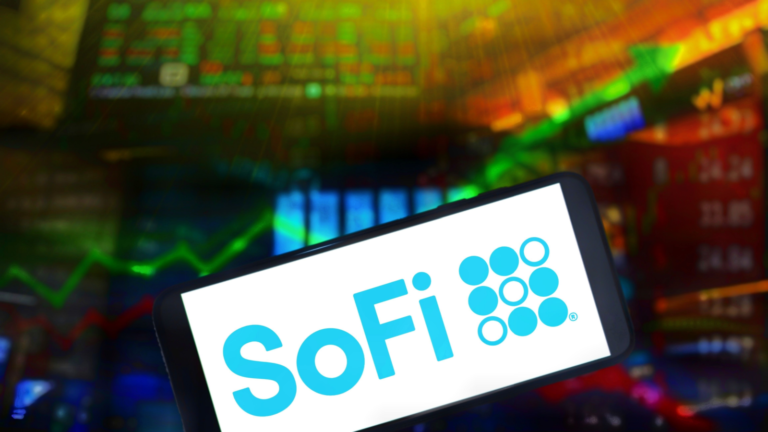Like many analysts I have been high on SoFi Technologies (NASDAQ:SOFI) stock since it came public in 2021. I even bought some. It’s been a loser. Bloggers are still bullish on SoFi, more so than on the average tech stock.
Here’s the problem, however. SoFi isn’t a tech stock, it’s a financial stock that uses technology to make loans and generate deposits. It doesn’t have offices, but it’s still a bank.
Why SoFi Stock Should Be Attractive
SoFi was born as a fintech, back when companies like Affirm (NASDAQ:AFRM) were all the rage. The idea was fintechs could leverage technology and take market share from banks using investor cash while interest rates were near zero.
SoFi also had an advantage over other fintechs. It could re-sell its software to other banks and institutions as a service. Its Galileo APIs and its Technisys banking software meant it could call on both aggressive and conservative bankers.
As the fintech era faded, SoFi bought a bank and began taking deposits. As money starts costing money, banks should make profits on the spread between what they pay and what they collect.
Finally, SoFi has a high public profile, thanks to CEO Anthony Noto getting its name on the Los Angeles football stadium used by the Rams and Chargers. SoFi bought those rights for 20 years at about $32 million per year in 2019. Noto was formerly chief financial officer for the NFL.
All the pieces were in place for great success. So why did Bank of America (NYSE:BAC) finally bite the bullet and downgrade it?
Why SoFi Hasn’t Worked
There are problems with every element of the SoFi strategy.
First, fintechs are out. The end of cheap money also meant the end of using investor cash for growth. All SoFi’s peers are down and out.
That includes Robinhood (NASDAQ:HOOD), Upstart Holdings (NASDAQ:UPST), Block
(NASDAQ:SQ), and Lending Tree (NASDAQ:TREE).
The only fintechs still holding their own are the payment processors, like Visa (NYSE:V) and Fiserv (NASDAQ:FISV), essential gatekeepers for both banks and consumers.
Second, platforms are out. As its second quarter report shows, Galileo and Technisys are not the profit drivers SoFi thought they would be. Even a customer service bot called Konecta and a Payments Risk Platform designed to reduce fraud haven’t turned things around.
Finally, small banks are out. SoFi had assets of $25 billion at the end of June. That’s twice what it had at the same point in 2022.
Despite that growth, SoFi remains a small regional bank in size. The iShares Regional Bank ETF (NYSEARCA:IAT) is down 48% over the last two years, close to SoFi’s fall of 53%.
The problem, as we saw with the collapse of Silicon Valley Bank in March, is that when the price of money goes up, the value of notes meant to backstop that money goes down. Investors are afraid to invest in smaller banks, fearing they might go under.
The Bottom Line
SoFi has three strikes against it. It should be out.
I was wrong not to see this. My lame excuse is that everyone else was wrong, too. Investors who followed me into SoFi have a right to be angry.
I got into SoFi believing it to be a long-term bet on the automation of finance. It offered a way to collect deposits, make loans, and handle stock transactions at the lowest possible cost.
I still see financial automation as a trend. I haven’t sold my SoFi. But I can understand if you do. No sense in both of us losing more money.
As of this writing, Dana Blankenhorn held a LONG position in SOFI. The opinions expressed in this article are those of the writer, subject to the InvestorPlace.com Publishing Guidelines.

